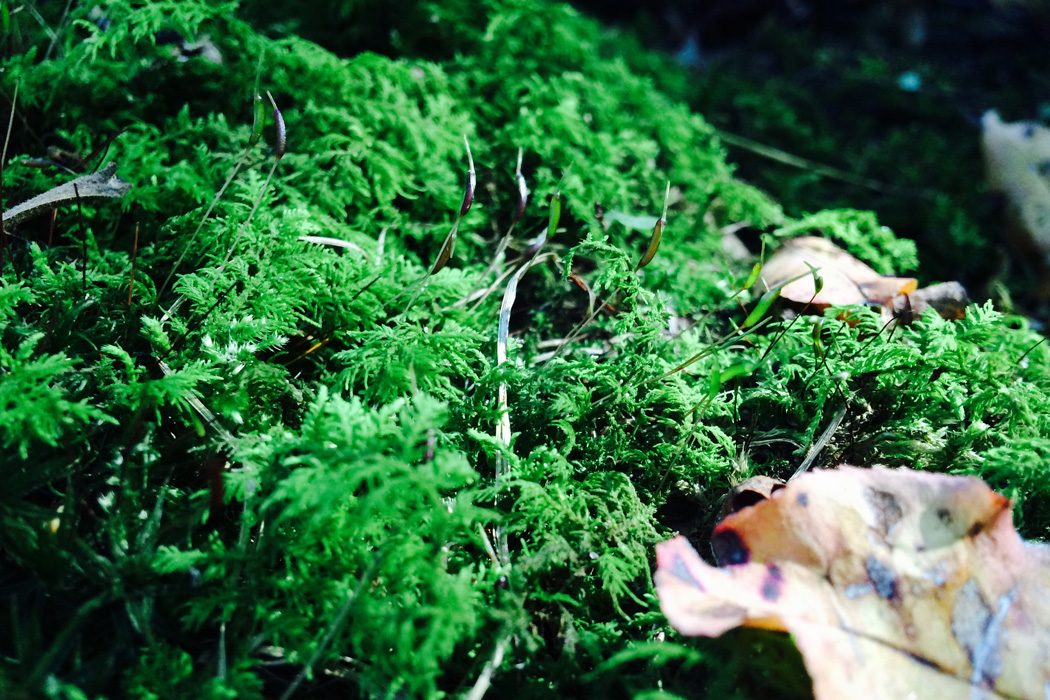It’s a Sunday morning in late spring. Our cat lounges in the sun by the open window, where the joyous prelude of bird chatter mixes with the distant sounds of the local high school marching band rehearsing on the football field. Sitting in my favorite chair with cup of coffee in hand, I smirk at a sassy article about the celebrity wellness industry, then turn the page to find the opening photo spread for the feature about life in Aleppo after years of brutal civil war. The piece begins with Abu Sami, a man who did not cross his threshold for four and a half years, while the war raged from the front lines 20 yards away. “Did you hear about what happened in Portland?” my husband asks, breaking the overnight fast from his Twitter feed. Details are still emerging about a 35-year-old man who stabbed three people, killing two of them, for intervening during his rant against various ethnicities and religions on a train.
In this complex tableau of circumstances, I’m not sure how to think or write about our upcoming topic for Topology: play. I’ve spent the past week jabbering to everyone who will listen about an article I read last week on the waldkitas (“forest kindergarten”) movement in Germany. In forest kindergarten, young children are set free to wander the woods in all kinds of weather with little supervision and no toys. The featured photo, designed to catch the attention of safety-minded adults, shows three kids who look to be about five years old using real knives to chop greens for a salad. I would love to live in a world in which every five-year-old could use a knife, build a fire, enjoy salad, romp in the woods—abilities that are engendered by a certain kind of play and, often, a certain kind of privilege.
Having spent yesterday, the Saturday of a U.S. holiday weekend, with five of my nephews and nieces at my grandparents’ lake cottage, I feel especially familiar with child’s play—its innateness, what it looks like at different stages of development. But I’m less sure what it looks like for grownups. And more specifically, I’m less sure what it looks like for me.
While the kids fish and pretend to drive the boat and hunt for turtles to populate their improvised kiddie pool habitats, I watch how the adults behave in this supposed vacation space. We chop veggies for dinner, but we do it at the patio table overlooking the lake (fun!). We install the frame in the water for storing the kayaks, but we don’t go kayaking. We drink too much alcohol and not enough water, while the kids get hopped up on the giant jug of Sunny D and cans of Mountain Dew that Grandma bought. We build a campfire with the scarce bits of firewood we can scrounge up, and try not to think about how the shortage is one more sign that Grandpa can no longer do the things he used to do, and maybe it’s the last year at the lake for real this time. We engage in the play that is not play—the work dressed up as play, wearing worry like a wool undergarment that itches and chafes beneath our swingy new beach coverups.
At the theatre bar across the street from our apartment one Friday night, I meet a psychotherapist named Vince. He’s visiting from out of town, but his friend Kitty, whom I know from a community organizing effort we’ve started participating in, has told him that my husband Rob and I play music together. “Have you played a show here?” he asks, referring to the beautifully restored historic theatre. No, I reply, we just play occasionally at festivals and informal events, like the Hospice fundraiser Kitty helped organized several years back. He proceeds to inquire about our plans to do a solo show, seeming to assume that it’s a goal from which I’ve been holding myself back. But I have no main stage aspirations, and I’m perfectly okay with that. Though we don’t play often enough, music is one of those things I don’t need—or want—to be goal-oriented.
And maybe that’s where I need to begin pulling at the thread of my own inclination to play. What I truly enjoy is puttering: going into the garden without a project in mind, or plunging into the woods without a destination, or practicing a song with no performance on the calendar. Sometimes I feel guilty that I don’t crave more silliness, but forms of play that involve pretending to be a kid again just don’t ring true for me. My understanding of play is that it’s about losing yourself for a while, and while some adults I know lose themselves by dancing their faces off or hula hooping, my soundtrack tends to be the wind, my toy a pair of waterproof boots.
And yet play is also about finding ourselves again by recalling the much larger context within which our small reality resides. In her essay “Monks at Play,” Kathleen Norris explores the quality of playfulness that characterizes a communal life that many mistakenly assume is dead serious all the time. She writes,
Play so powerful it can absorb adults, becoming their way of life, may have a meaning that children’s play lacks. While there is an analogy between a child calling a chair a horse and a priest changing bread and wine into the body and blood of Christ, there is also a difference. In play we create and manipulate the rules; in liturgy we act out something that has been handed down to us, and in making it our own we are also responding to the mysterium tremendum.
The Great Mystery: that is what I’m after when I walk among trees whose names I do not yet know and imagine myself a millimeter tall in a moss forest. And it’s the exercise of imagination that allows me to continue to try to build a world in which elderly men are not trapped in their homes by war and young men are not trapped in their hate by fear.




